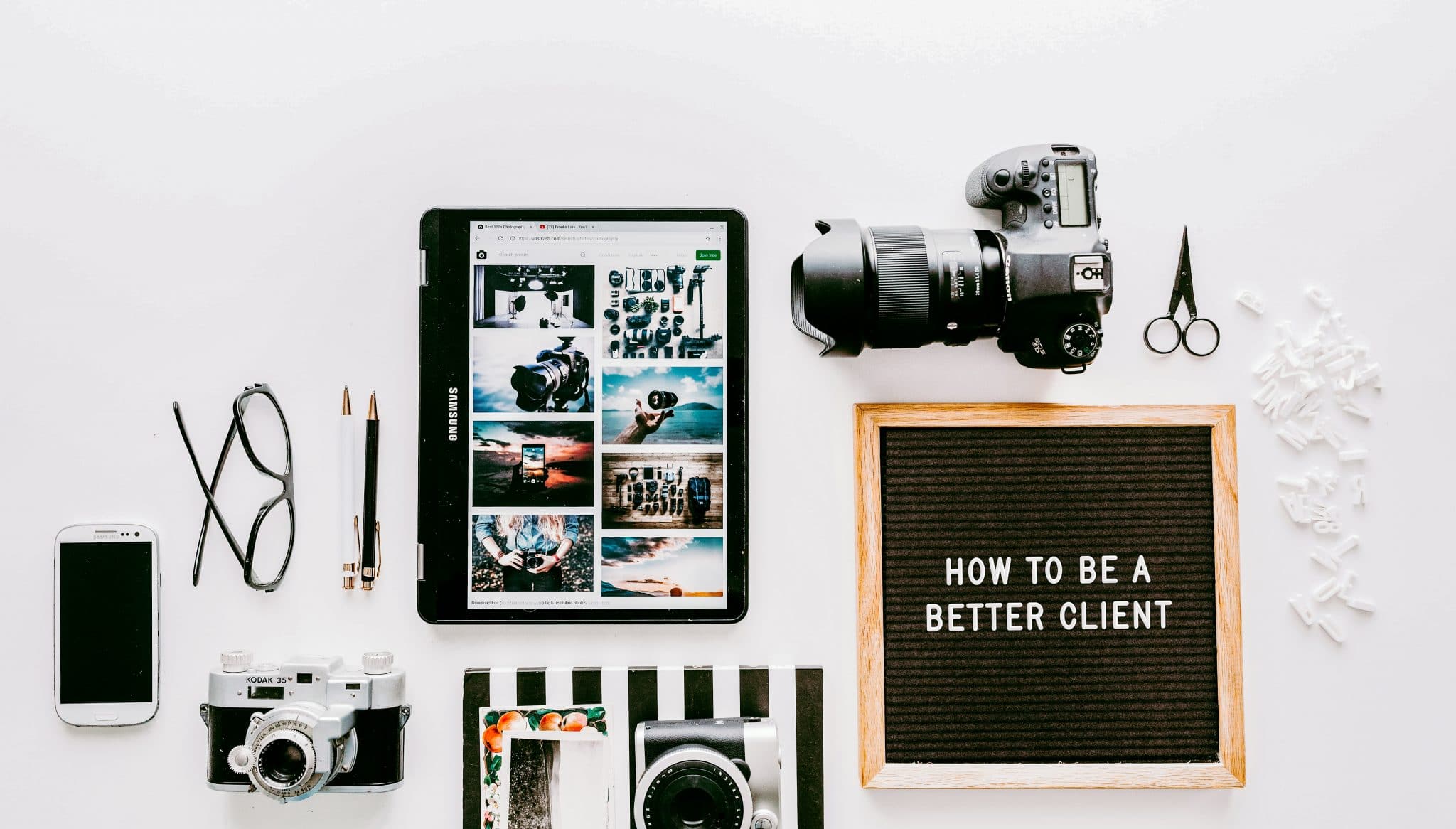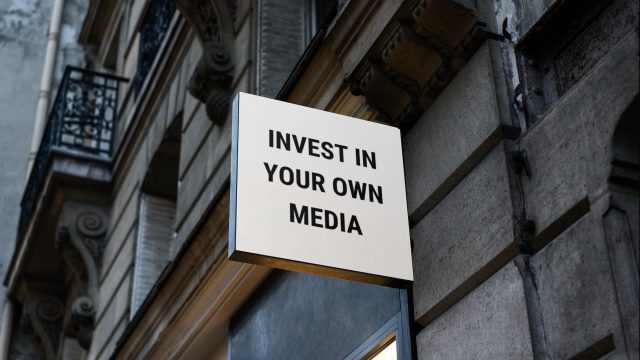How to get the best from your Agency

Perhaps the most important and least discussed part of every creative project is one that we, as clients, have complete control over: Ourselves.
Over the years Junction has been fortunate to help guide the development of hundreds of websites, campaigns, brands (and rebrands), and what’s become painfully obvious to us is that the genius and creativity of the company hired to do the work is just one factor, albeit a very important one. Just as key to the success of any creative project is the ability of the client to know when to give direction, when to take a step back, and how to guide its direction.
A few weeks ago we started the exciting, important task of selecting a partner to help us to refresh our brand and make improvements to our own client experiences.
The irony is not lost on me that, since one of the services that we provide is helping organizations to work more effectively with their creative services partners, the pressure is on for us to put our literal money where our mouth is. One of the ways we’ve set out to do that is to ask every potential partner the same question: What can we do as a client to make this project the best it can possibly be?
I’m sure you’re working on your own creative projects right now, whether that’s a website rebuild, outsourced content creation, or a holiday campaign, so I’m going to share what we’ve learned so far in hopes that it can help to spark some ways that you might be able to get the best possible outcomes from your creative projects.
HOW TO BE A BETTER CLIENT (ACCORDING TO DESIGN AGENCIES)
- Put in the work to clearly define the scope of the project, and then stick to it
- Share the actual budget
- Have a bold vision
- Give definitive feedback
- Embrace ideas that challenge you
“Scope creep” is the enemy of great projects, and the best way to protect against it is to do the hard work of clearly defining what needs to be done, when it needs to be done by, and how it’s going to be used right up front. Yes, great creative work is collaborative, but you’re the one placing the order for the project in the first place, so be clear about what’s included in that order.
For some reason clients tend to be shy about how much they want to spend on a creative project. Maybe that’s because they think they can get a deal by not sharing what their full budget is. The reality is that your agency’s job is to work with you to make smart decisions about where your budget should be allocated, and they can’t do that if they don’t have all of the information. This isn’t a used car that we’re buying – it’s a custom solution built by an expert craftsperson.
client: what’s your rate?
me: what’s your budget?(repeat until the heat death of the universe) pic.twitter.com/vesrhP3Mml
— dan hett (@danhett) April 27, 2019
What big problem are we solving together? Why will this work matter? What does success look like? Clients often have trouble drawing the line between micro-managing and letting creative people do their thing. Every shop we’ve talked to has told us that high quality projects require high quality direction. When the vision for the project is clear, and we trust our partners, we don’t have to obsess over every pixel – we can rely on them to work out the details that will get us to that big, exciting outcome.
We’ve all been there: The Creative eagerly presents the results of their many hours of work, only to be met with passive “that’s great, thanks – we’ll get back to you soon,” and then are met with silence for weeks while the clients mill about, debating the details. Finally, emails go back and forth with vague suggestions about sizing, tone, etc. which lead to endless rounds of revision and frustration. “Give it to us straight, we’re professionals, we can take it” one creative team told us. Definitive feedback that’s directly related to the vision and goals of a project is one of the highest forms of respect that we can pay to our creatives, and it gives them what they need to deliver high quality work.
@mythdesignsHow to get better design feedback from your clients! #ux #uxdesign #uxdesigner #productdesign #careeradvice #fyp♬ FEEL THE GROOVE – Queens Road, Fabian Graetz
“That’s why you’re hiring an agency” we heard from one group. The idea is so obvious, yet so easy to overlook. When we select a creative services provider it’s because we think they can help us to solve a problem that we don’t have the answers to. When they tell us what their expertly crafted solution is, we should listen. Of course, that doesn’t meant that we have to accept every detail at face value, but it does mean that we should embrace the ideas that challenge us most, welcoming the discomfort because, after all, that’s what we hired the agency to do.
I hope this list is as thought provoking for you as it’s been for us, and I hope it sparks some productive conversations with whatever creative services providers you have in your life.
Our project is just getting started, so I’m sure we’ll have more updates and insights to share along the way.


